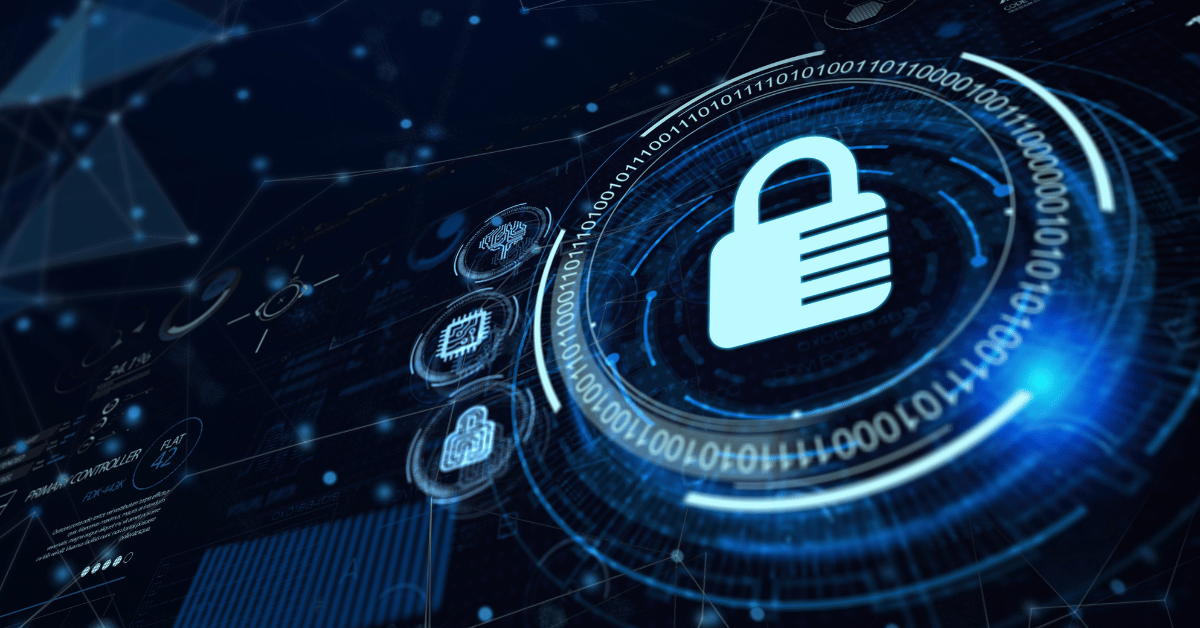AI-Powered Identity Authentication Is Here: What You Need To Know

It should come as no surprise that identity authentication is one of the most critical aspects of doing business in the digital age. Without verifying your users are who they say they are, you leave the doors open for fraud, data breaches, and harmful cyber attacks. But with the advent of AI, identity authentication is going through a transformation. To understand how, let’s dive into everything you need to know about AI authentication.
How Is AI Helping With Identity Verification?
Traditional authentication methods are becoming less effective today due to high levels of password reuse and the increasing number of stolen credentials available on dark web databases from previous data breaches. Luckily, AI can provide better, more secure authentication by going beyond traditional boundaries and incorporating data context, biometrics, and patterns in user behavior.
What Are the Different Types of AI Authentication?
Biometric authentication is especially popular with cyber-defense-minded companies today, and AI plays a huge role here. Some examples include keystroke dynamics (typing pattern), behavioral biometrics (analyzing user behavioral patterns to create cyber fingerprints), facial recognition, and voice recognition. Behavioral biometrics, in particular, is quickly becoming the favored type of AI verification today. Why? Because behavioral biometrics can provide continuous authentication by tracking and verifying user behavior like typing rhythm, mouse movement, and device usage patterns. In addition, it also provides a more seamless and frictionless authentication experience, as it doesn’t require users to remember or enter passwords.
And critically, these identity authentication tools are only possible with artificial intelligence and machine learning. These technologies rely on highly precise authentication driven by large data sets and advanced algorithms. And as a result, they’re almost impossible for fraudsters to bypass.
How do AI Authentication Systems Mitigate AI Bias?
“AI bias” refers to the tendency of artificial intelligence algorithms and systems to perpetuate and amplify existing biases and discrimination in the data they are trained on and in the decisions they make.
There are several ways in which AI authentication systems can mitigate bias:
- Diverse training data: Using a diverse and representative dataset for training the AI system can help reduce bias and improve accuracy for underrepresented groups.
- Fairness algorithms: These algorithms can help identify and address bias in AI systems by balancing accuracy across different demographic groups.
- Human oversight: Having human oversight and review in the development and deployment of AI systems can help ensure that potential biases are identified and addressed.
- Regular monitoring and evaluation: Regular monitoring of the AI system’s performance and outcomes can help identify any potential biases that may emerge over time and allow for appropriate corrective actions to be taken.
- Transparency and accountability: Making AI systems transparent and accountable can help increase trust in the technology and promote responsible use.
These measures can help mitigate AI bias in authentication systems and ensure that they are fair, unbiased, and effective in protecting the privacy and security of users.
Final Thoughts
The use of AI in cybersecurity is nothing new, but it is becoming increasingly powerful and more widespread. Today, more and more companies are looking to AI authentication to help safeguard their systems from nefarious actors.
Try Portnox Cloud for Free Today
Gain access to all of Portnox's powerful zero trust access control free capabilities for 30 days!







